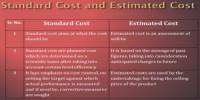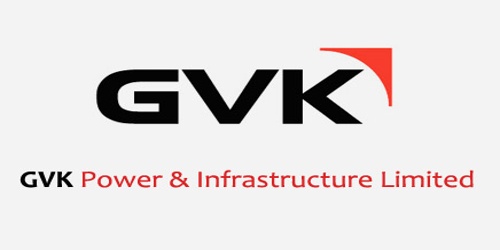Evaluation Techniques of Capital Budgeting
Capital budgeting is the process a business undertakes to evaluate potential major projects or investments. It is making long-run planning decisions for investment in the project. It is an essential tool in financial management. It helps in exposing the risk and uncertainty of different projects. There are different methods adopted for capital budgeting. It is the process most companies use to authorize capital spending on long‐term projects and on other projects requiring significant investments of capital.
The process of capital budgeting requires constant evaluation in order to make sure that you are making the right decisions for your business. Evaluation techniques of capital budgeting can be classified into two categories.
- Traditional Methods
- Discounted Cash Flow Methods
(1) Traditional Method
The traditional method does not consider the time value of money. It assumes that the present value is equal to future value. The traditional method is also known as on discounted or unsophisticated method. There are two methods of evaluation:
- Pay Back Period (PBP) – With this method, you are basically determining how long it will take to pay back the initial investment that is required to undergo a project.
- Accounting Rate Of Return (ARR) – measures the amount of profit, or return, expected on investment as compared with the initial cost.
(2) Discounted Cash Flow Method
The discounted cash flow method is based on the concept of the time value of money. It is a more practicable concept of decision making. The discounted cash flow method assumes that the present value of any amount is not equal to future value. The present value is much more worth than future value. So, before evaluating any project, first of all, the estimated cash flows must be converted into present value. To convert into present value from the future value is known as a discounted value. On the basis of discounted value, it makes a decision. So, it is known as the discounted cash flow method. The following methods are used under the discounted cash flow method:
- Net Present Value (NPV) – In order to perform this calculation, you will take the value of the present benefits of the project and subtract the present costs.
- Profitability Index (PI) – The PI is calculated by dividing the present value of future expected cash flows by the initial investment amount in the project.
- Internal Rate Of Return (IRR) – This is a discount rate that is commonly used to determine how much of a return an investor can expect to realize from a particular project.
Information Source:
















